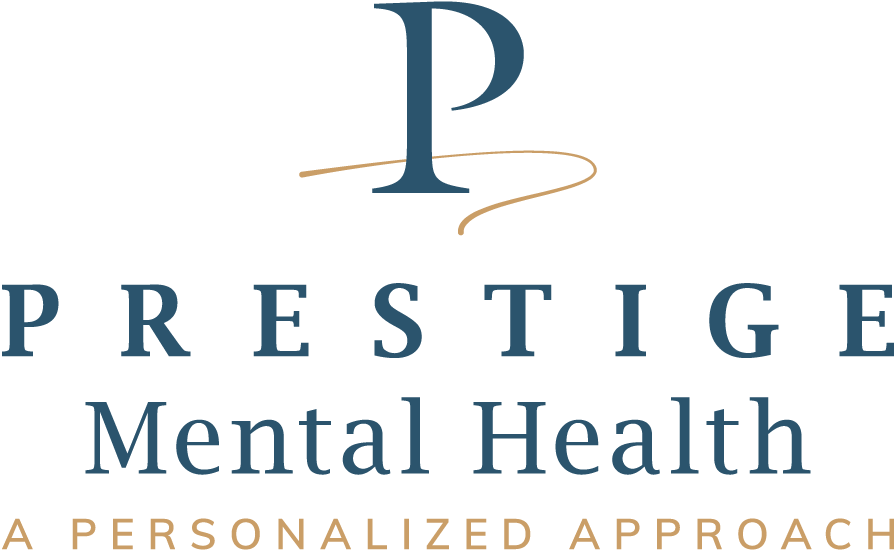For mental health, expanding on new types of therapy sessions can help vast amounts of people find solace, peace of mind, and new perspectives on life. One of these methods includes open dialogue therapy, a core concept that works to form a “shared language” between multiple people and helps bridge gaps in understanding—originally used for treating those suffering from states of psychosis, open dialogue therapy developed over time to become a method used in family therapy. Open dialogue therapy has become a vital method for healing and has greatly expanded on interpersonal communication for families suffering from disconnection and strife.
What is Open Dialogue Therapy All About?
Many childhood psychologists have studied the intimate relationship between parents and their children, in particular how both people express themselves and their emotions through their tones of voice and words. Our words are the building blocks for children and become part of that child’s mental functions. How words are translated and expressed arises through communication and dialogue with that child and ultimately helps form that child’s sense of self and their relationship with the world around them. For children, their inner world is constructed through the perspectives and words from their parents, and thus, perspectives and opinions form.
However, when communications break down, it is often the result of those inner worlds we perceive of differentiating in drastic ways, where perspectives become truths, and those inner truths conflict with how we experience and connect with the here and now. Open dialogue therapy attempts to remedy that disconnection by giving an open space for both perspectives to existing. Studies from the Psychiatry Research journal describe this as an intervention technique used to help parents communicate with their children, allowing their children to express themselves, their desires, emotions, and thoughts and then foster a place for emotional and mental healing. For families, open dialogue therapy can help establish a support group within the family and promote conversations that work towards inner change and growth.
How Open Dialogue Therapy Can Help Your Family
Open dialogue therapy focuses specifically on interpersonal relationships and uses various techniques to promote healing within these spaces; transparency matters. The focus of open dialogue therapy is a conversation rather than immediate change, as changes in thought and emotion are gradual and specific to the family’s needs and desires. Through open discussion, these therapy sessions are meant to be transformative, benefiting families through:
- Transparency and Understanding: Through some of the most profound mental health issues comes feelings of isolation and loneliness when faced with those thoughts alone. Sharing an open space can help children and adults express their inner truths and their understandings of the world around them.
- Acceptance and Compassion: In places of familial conflict, voices can often become obscure due to how we perceive the world around us. Through open spaces, conversations, where each voice matters and has an equal place, can allow compassion to take place.
- Mindfulness and Respect: Within these sessions, thought techniques such as practicing mindfulness can be used to allow emotions to be expressed and interpersonal relationships to form.
Open dialogue can be an excellent source for your family. For more information about open dialogue therapy, find a therapist near you that offers these services to help your family grow and become closer.






